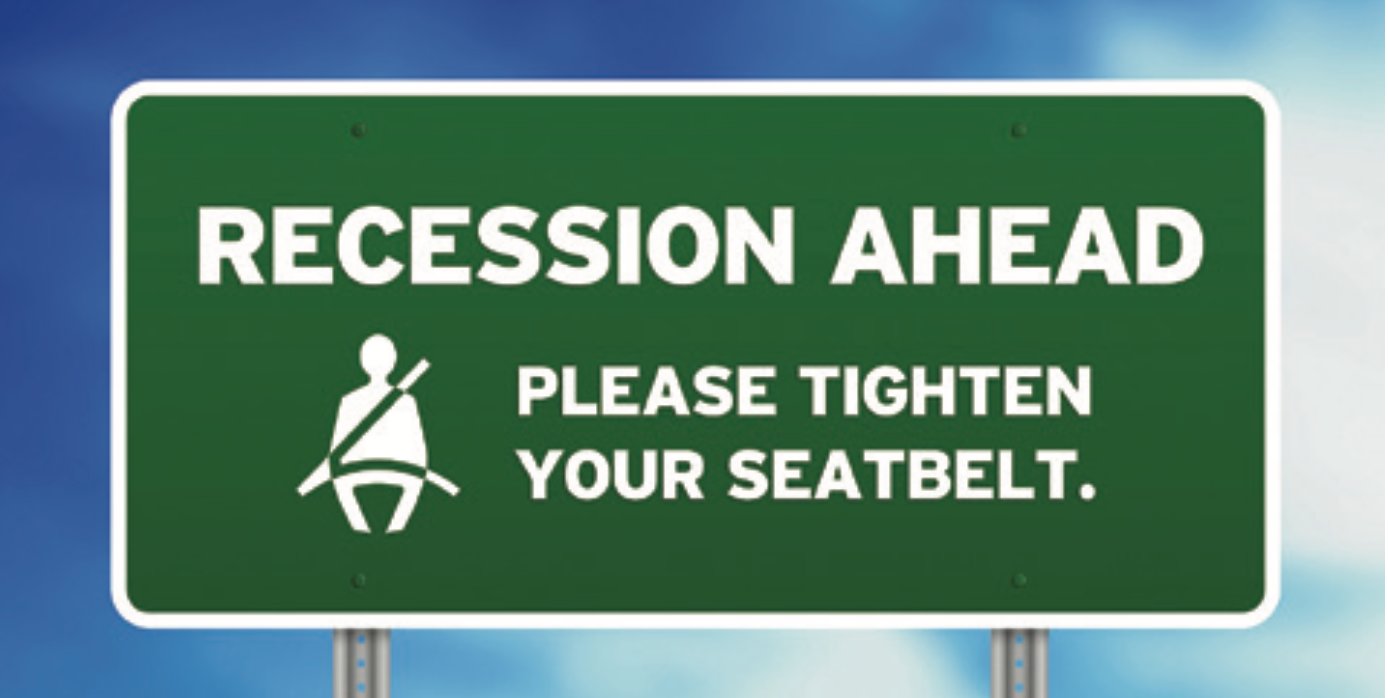
If you’re reading this and your organization is still standing — congratulations! The worst of the pandemic, physically speaking, is behind you, and you’ve managed to navigate an unforeseeable global crisis for over two years.
And your reward is an oncoming recession.
Obviously, there is still a lot of debate and conjecture about the specifics and how severe this economic recession might be. But once an idea is firmly entrenched in the cultural zeitgeist like this, people start making changes, and those changes will have real impacts on your organization regardless of how the underlying economic factors end up playing out.
For my part, I’m already seeing reports of people spending less, individuals running out of COVID cash and the obvious inflation on food and gas. So even if this isn’t a classical recession and it’s never officially named as such, it’s undeniable that changes in spending habits will have real, tangible, I-can’t-believe-it’s-not-a-recession effects on your organization.
Of course, how that hits you has a lot to do with how your industry is faring in this new, more subdued phase of the pandemic. Over the past two years, a lot of people have made changes — to their products and services, to the scales of their offerings and to truly any and all aspects of their business. By now, these changes have probably settled into normal for you.
If that sounds familiar, congratulations, because you’ll need those same skills to navigate this recession. You can follow one of two paths — the typical Hunker Down, which is the most easily accessed or the Market Grab, which has a much bigger risk/reward wager.
Leaders who are seeking the most assured direction often make extreme, sweeping changes to navigate a recession, and this approach could be considered a hard left turn.
The underlying rationale of this strategy is to cut back, hunker down and weather the storm while consumer spending is down. This means no longer looking for someone to fill that position you’ve been searching to fill, scaling back product offerings and business hours or maybe even re-evaluating your supply chain and seeing where you can trim some fat — if indeed you still even have a supply chain.
If you take this approach, now is a great time to look at any leftover ideas you have from the pandemic. What did you have on the whiteboard but never really got to try? Maybe this is the moment to give it a go and see how much you can tighten your belt over the next however many months until the situation stabilizes again.
Of course, if this is a hard left, the other popular alternative could be considered a hard right turn.
This playbook is probably older than my source, but I first learned of this approach in reading about Sam Walton. During tough times, Walton would over-invest and seek to expand his market share. He expanded discounts, offered more products and generally did everything he could to provide more to his customers.
Walton could do this because he knew that his competitors were scaling back in response to external pressures. And the economy, like nature, abhors a vacuum, which gave Walton the perfect opportunity to fill the roles from which his competitors were sheepishly backing away.
It’s important to remember, though, that important factors influence how viable this strategy can be. This kind of hyper-investing necessitates the ability to take temporary losses without flinching.
Your industry’s overall tone will also influence this playbook’s efficacy during a recession. If you see demand for your products increasing, then sure, lean into it and expand your market share. But if customers are pulling back and you’re working on a tight budget, maybe you should be pulling back with them.
I would posit, however, that for most people, the “perfect” solution meets these approaches somewhere in the middle. Even if you aren’t approaching “Walmart Founder” levels of cash flow, you can still probably afford a few select investments to expand your market share right now.
And at the same time, saving money is never a bad idea. Most operators can benefit from lowering overhead expenses without substantially scaling back what they’re taking to market.
If you want to get ahead of the storm and find an effective middle path forward, then the time to start doing it is right now. The pandemic has given you a Master’s degree in navigating crises, so break out the old drawing board and start executing for the next 12-18 months of disruption and opportunity.
Let me know which angles you plan to work on throughout the recession. Where are you scaling back, and where are you taking the opportunity to expand? You’ve already got years of crisis management under your belt, so there’s no reason to let this one catch you unawares.
Doug Phares is the former CEO of the Sandusky News Group. He currently serves as managing director of Silverwind Enterprises, which owns and provides management services to small businesses. He can be reached at doug@silverwind.biz.
Comments
No comments on this item Please log in to comment by clicking here